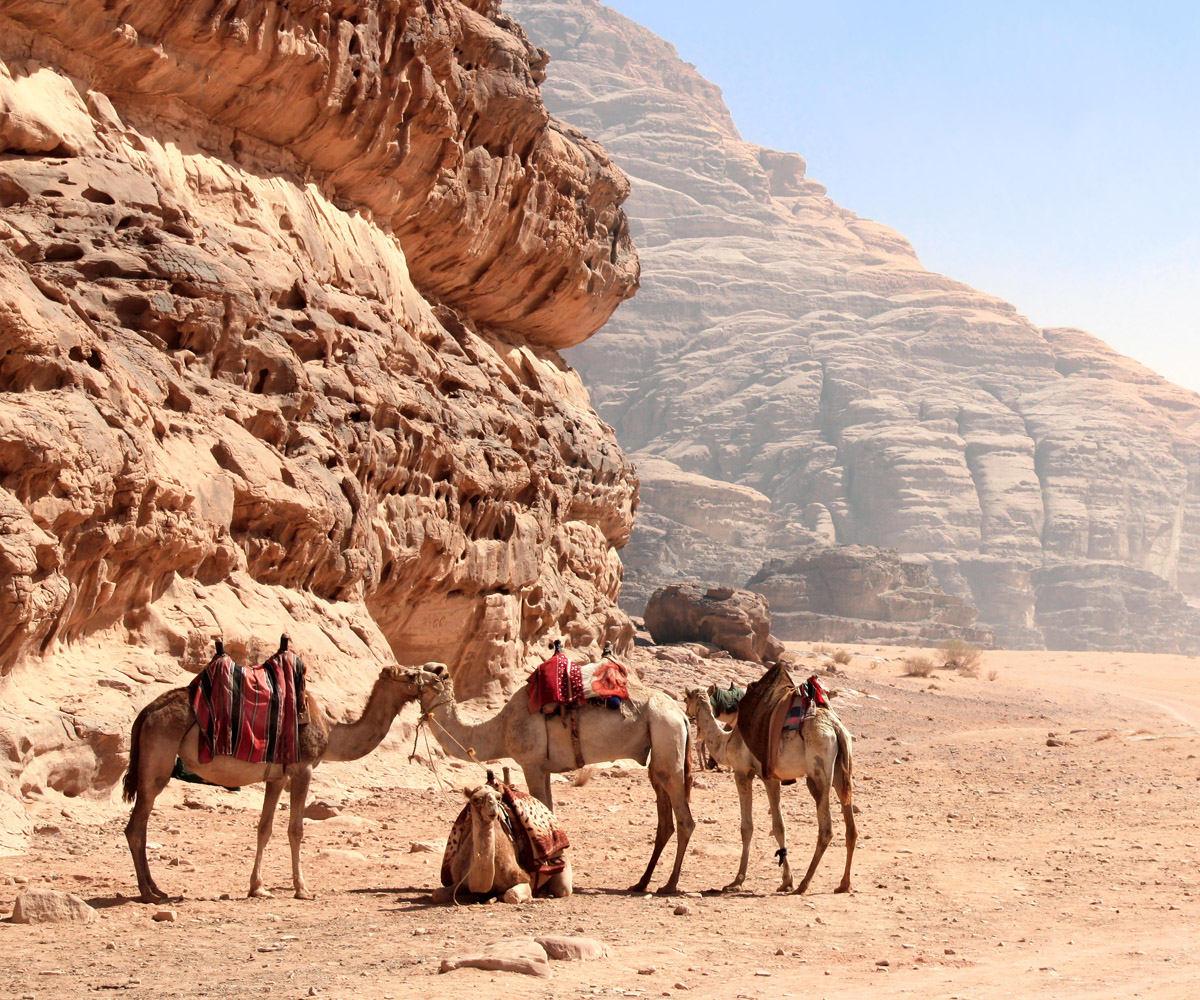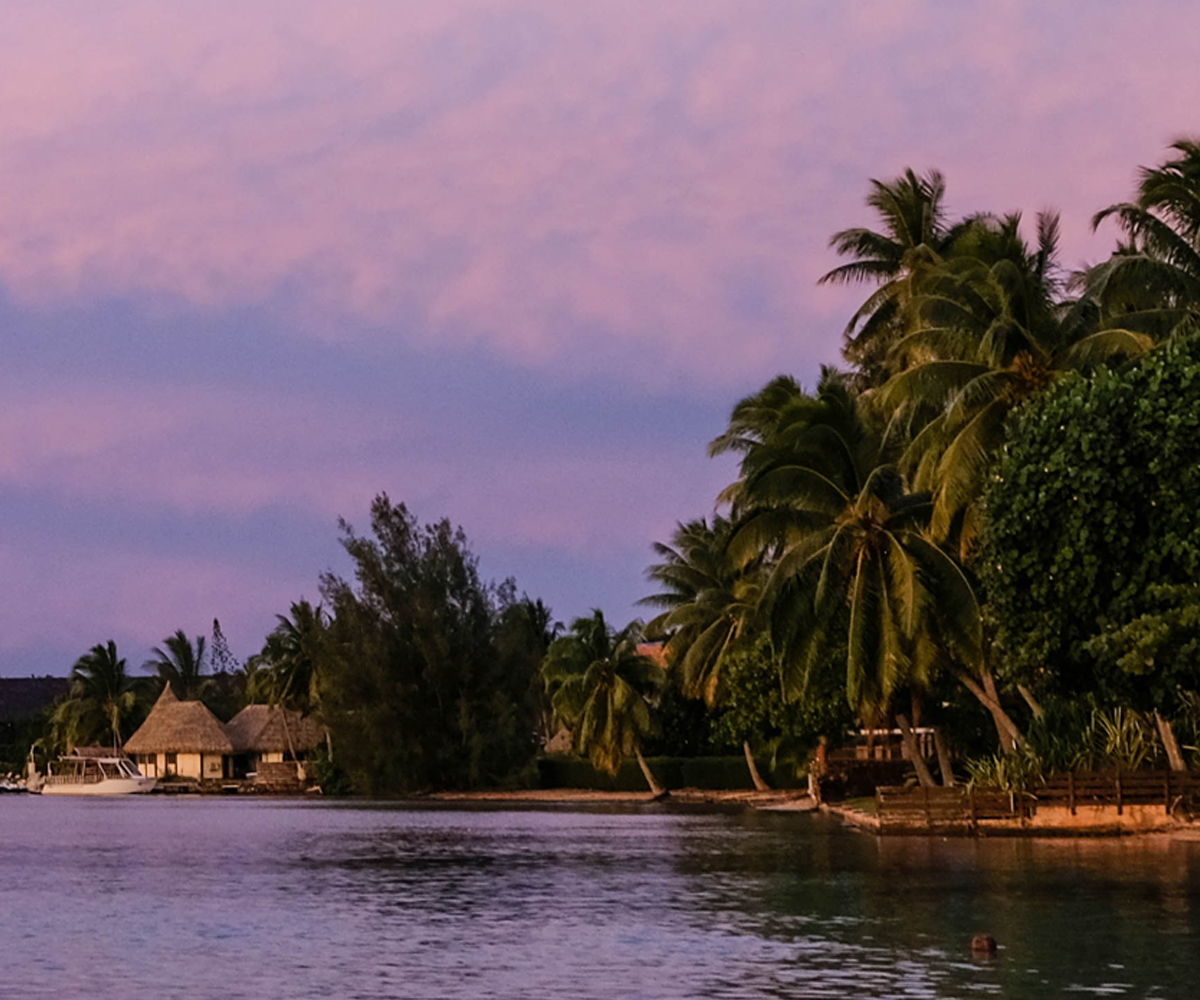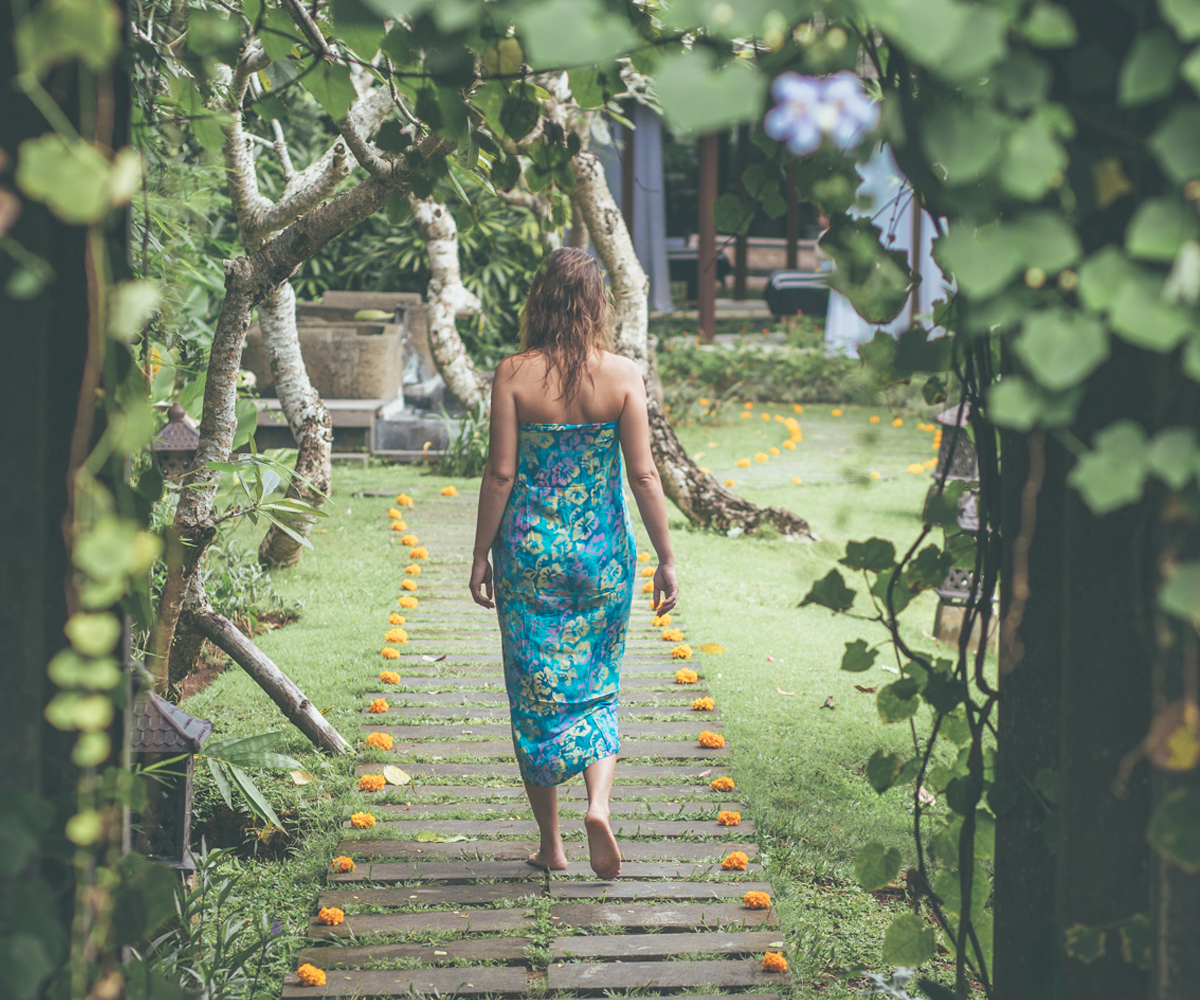A month before I went to Iran, I did something I would do in the lead-up to any trip of a lifetime: I googled it. It was not a good day to google Iran. It is quite often not a good day to google Iran.
After two minutes of grim reading, I clicked on another link, for the Lonely Planet guide to Iran, the intro to which read: “Welcome to the friendliest place on earth.”
On one hand, war, death and oppression. On the other? Well, a Middle East Disneyland, apparently.
Before I even make it to Iran, it becomes apparent that the latter Google result is going to be correct.
In the airport at Dubai, on my way to the gate to fly to Tehran, I start chatting with an Iranian woman who has spent the past 30 years living in LA. She’s flying back to Tehran to visit her sister and, about three minutes into our conversation, she sighs and says, “Oh I wish I still had a house in Tehran, so I could have you round for dinner.”
Then, on the plane, I sit next to an Iranian mother and daughter, flying from Texas to do their annual pilgrimage to the religious sites in Iran and Iraq. They are super friendly and give me headscarf tips – the mandatory headscarf rule starts while you are still on the plane, as you cross over into Iranian airspace.
It’s the perfect little nugget of what life in Iran is going to be like over the next two weeks: filled with rules, but also filled with the friendliest locals I am ever likely to meet.
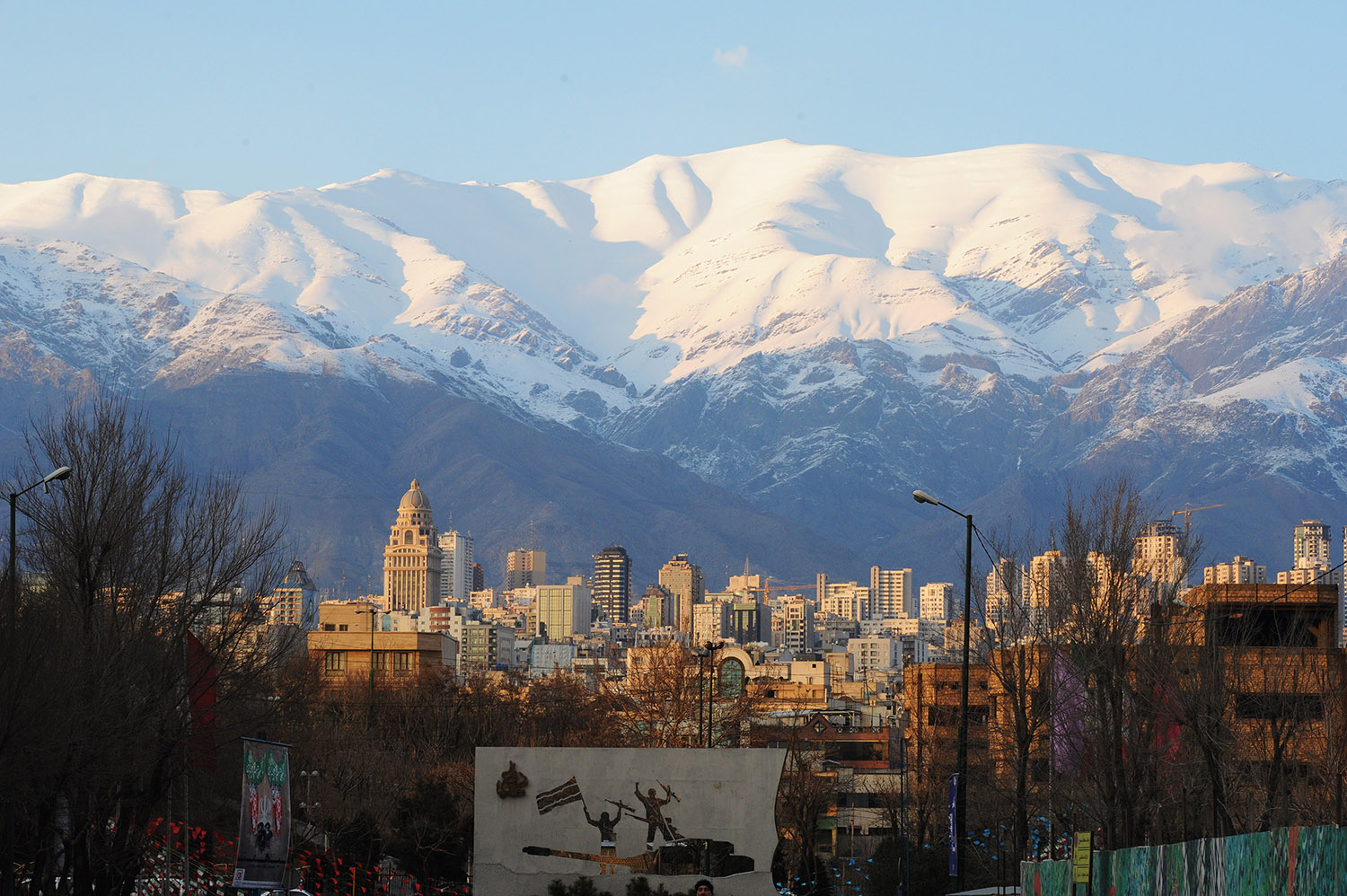
Tehran is located beneath the majestic Alborz mountains.
For my fortnight in Iran, I am part of the official Persian Veils tour group, thanks to NZ Travel and Tour, run by a Wellington-based Iranian named Mehdi, who is on a one-man mission to show Kiwis just how wonderful his country is.
On the first morning in Tehran, our group takes off in a minivan that will become our second home during the next two weeks – the tour takes us to five of Iran’s main cities. We are on a women-only tour – all of us originally from New Zealand, and aged from 33 to 72.
It’s only once we get in the van that I realise I have no idea what Tehran, the nation’s capital, looks like.
You might think, well, sure – you haven’t been there before. But think about it – before going to Paris, you probably had a rough idea what it was going to look like. Same with London, New York, Venice… you were familiar with the landmarks. But Iran? In my mind, it is a totally blank slate.

An intricate mosaic tile pattern.
(Credit: Getty Image)So let me tell you: Tehran, for the most part, looks and feels like a big European city. It’s also framed by the Alborz mountains, which are huge and spectacular; kind of like if Rome had The Remarkables plonked down beside it.
Tehran is a large, sprawling metropolis and the traffic is truly horrendous – and I say this as an Aucklander. But one of the silver linings of being trapped in gridlock is having the opportunity to see all the little details added into the mix here.
Under the many motorway overpasses there are numerous tiled mosaics or paintings. On most street corners or perched on roundabouts there are huge planters filled with colourful flowers.
It is an extremely pretty city – providing an appropriate backdrop for the locals. Persians are the most beautiful people – “Persian prince” is a saying for a reason – and those famous dark features are even more striking when you see them on the younger generations, including tiny, swarthy toddlers with serious eyebrows and thick heads of hair.
It should be an indication of just how exquisite the Persian culture is that on day one, I am already overwhelmed to the point of tears because my Western brain cannot comprehend the level of beauty in front of me.
I thought Europe had cornered the market on opulent palaces, but the likes of Versailles or the Vatican look like poor cousins to some of the estates here.
We visit the lavish Golestan Palace, originally built in the 1500s but restored every hundred or so years, depending on which extremely fancy king wanted extremely over-the-top changes made to the already ludicrously palatial estate.
Inside Golestan I see my first example of the Iranian mirror style of decorating, which features thousands of teeny tiny shards of mirrors layered across the ceiling and walls, reflecting the light and making it feel like you have wandered inside a disco ball. It’s a design detail I will see over and over again on my two weeks in Iran and it never fails to reduce me to a weeping wreck.

The dome of the mosque in Imam Square in Isfahan.
Case in point, just the next day the tears flow again when we head to Emamzadeh Saleh, one of the holiest Shia sites in Tehran.
In mosques like this – which are active places of worship more than they are tourist attractions – you have to add another layer to your already conservative outfit of long pants and long shirt. We are all shrouded in huge floral printed sheets by the women running the giant floral-sheet kiosk, who get the giggles with us as we stumble around trying to work out how to walk while remaining concealed.
Inside the mosque, we are dazzled once more by the holy disco ball effect of the female section of the mosque. Women kiss the doors, the bars of the shrine, linking their fingers through the latticed covering, all while quietly saying prayers. Some are crying, some have their eyes closed in deep prayer.
It is a holy place and you can feel it – the energy shifts as we walk inside, the iridescent walls reflecting the Wizard of Oz green light you’ll find in all Islamic shrines, as emerald green is considered a deeply holy colour. We emerge from the Emamzadeh Saleh, our floral sheets billowing around us, and are immediately spotted by a group of older women in full hijab, who come over to chat to us.
They hold our hands and pat our shoulders as they tell us how much they love New Zealand and our Prime Minister. They then ask for a photo before leaving us with the refrain we will hear time and time again from the locals we meet: “Thank you for coming to Iran.”

Woman praying at Emamzadeh Saleh.
This attention reaches new heights when we arrive in Isfahan, a beautiful city famous for its architecture, because tourism is a very new phenomenon, a local tells us. They’re not exaggerating; Isfahan has only been on the tour-group map for the past two years.
We are stopped frequently by young students, wanting to practise their English and learn all about us. By this stage we have been in the country for four days and it seems laughable that Iran is considered a risky destination.
The day before I left Auckland, I went to get cash out from my bank and they reminded me that my debit card wouldn’t work in Iran – it sits alongside the likes of North Korea, Syria and the Sudan when it comes to the bank’s policies.
Sitting in a café in Isfahan on a beautiful sunny day, I feel like a total fraud when I think about how many people told me I was “so brave” going to Iran. It is without a doubt the friendliest place I’ve ever been, and you really get the sense of what a family-orientated culture it is in public spaces like Imam Square, the second largest square in the world (Beijing’s Tiananmen is first).
There are children playing in the giant water features, and families sprawled on every patch of grass – it turns out Iran has a massive picnic culture, and it’s a standing joke that even on the smallest area of grass, they’ll make it work for a picnic. That’s not the kind of fact you expect to learn about a country once dubbed part of the Axis of Evil – that they really, really love a picnic!

Colourful displays of fragrant spices are found in local bazaars.
(Credit: Getty Images)As a group of women, we’re less inclined to lie down on the grassy areas and far more interested in getting lost in the bazaars that line
the square.
The shopping here is ridiculously good – this is Persia, after all, an empire that has (at times literally) worshipped beauty, poetry and wine for thousands of years. Although, sadly, since the revolution in 1979, worshipping wine is one of the many enjoyable things that has been struck from daily life in Iran.
In fact, the saying “Before the revolution”, uttered by locals in a wistful voice, becomes a common refrain of the trip.
Before and after the revolution are two different worlds. After, women were required to wear conservative clothes that covered the shape of their body, and the headscarf became mandatory. Alcohol was banned, and it is still illegal for a woman to sing and dance in public.
Showing affection in public between genders is forbidden. Men and women can’t use public pools at the same time, or swim at the same beaches. Yes, things have become “separate but equal”.
It is easy to see how these many, many restrictions might drive you crazy after a while, and the local women often tell us how much the headscarf infuriates them. All of them believe the headscarf law will change. But progress in Iran, they warn, is slow.
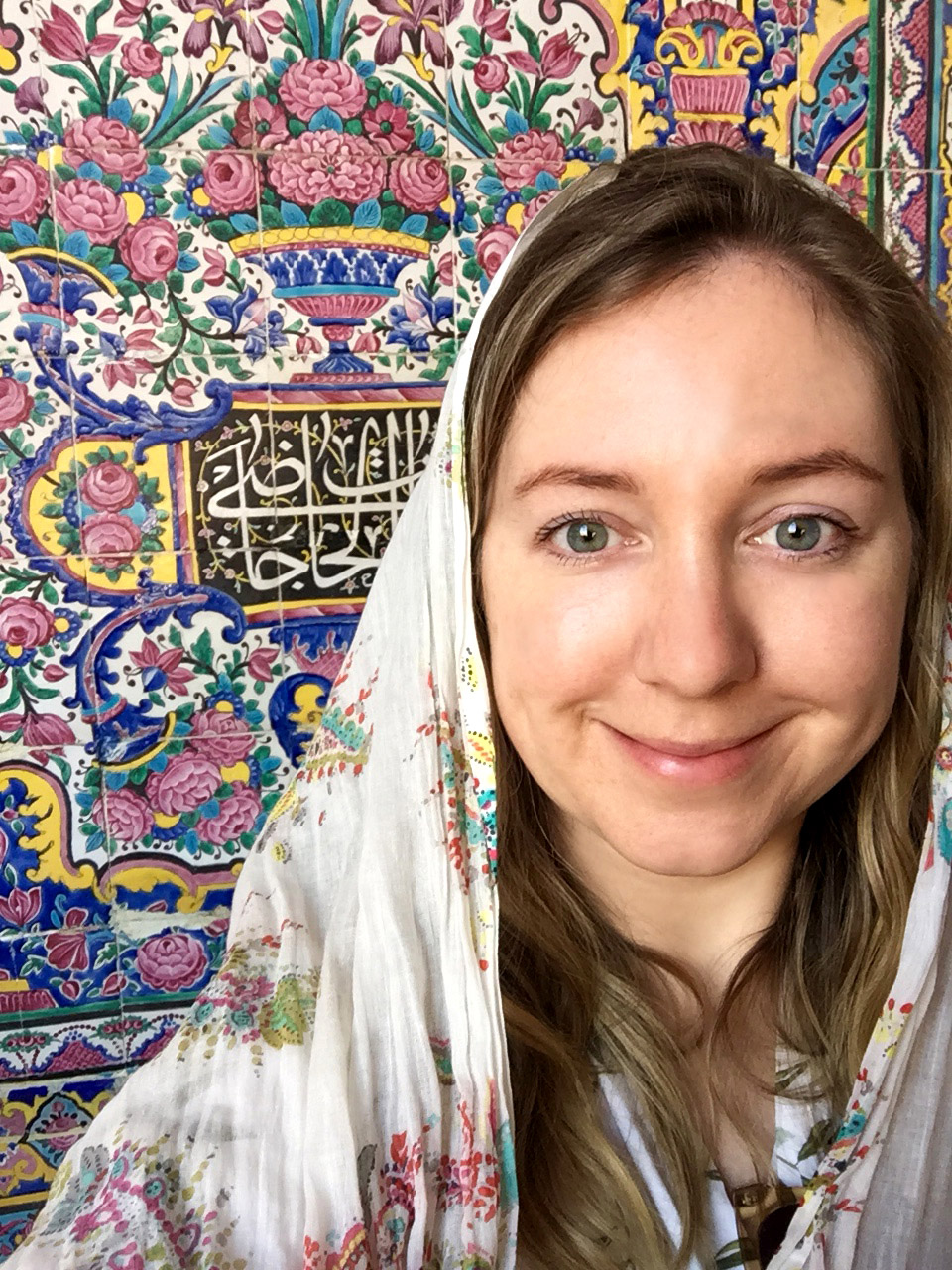
Emma at the Pink Mosque in Shiraz, with its pretty, pink-hued tiles.
Being able to have this kind of free and open chat with local women is one of the advantages of doing a women-only tour.
Firstly, all those hours together mean there is plenty of time to talk – and removed from children, husbands, partners and workplaces, it gives us all the chance to just “be”, without the other things that can get in the way.
Secondly, it means you get to go into the women-only areas: the trains, mosques, beauty parlours. But most importantly, it means we have to have a female guide, which is perhaps the most crucial part of the entire tour.
Our guide is Nadia, a 30-year-old tour operator who is something of a legend in Iranian circles. She was the youngest female ever to be granted a touring licence by the Iranian government – like most things in Iran, the tourism industry is highly regulated – and has been leading tours for nine years.
For much of the year, Nadia travels to other parts of the world as a tourist. Then for four months, she leads tours around her own country; showing off its beauty and complexity.

Blue is the traditional colour palette for Iran’s opulent mosques.
(Credit: Getty Images)There is a lot to be blown away by.
The Persian Empire was, at its height, the world’s first superpower, spanning three continents. It was founded in 550BC and there are still relics of that era to be found.
One of the most famous is Persepolis, once considered the very pinnacle of culture, art and beauty in the world; a palace area where representatives of all countries would gather and celebrate. And then it was burned to the ground by Alexander the Great in 330BC and lay in various layers of ruin until it was dug up in the 1930s.
Walking up the dusty steps in Persepolis, the ruins are still so majestic you can sense just how impressive this landmark once was. The gateways, now engraved with a century’s worth of graffiti from over-zealous explorers, tower metres above us.
To see something this historical up close is extraordinary – an ancient site so prized and then pillaged. It makes the very intense Birkenstocks sunburn lines that develop on my feet well worth it.
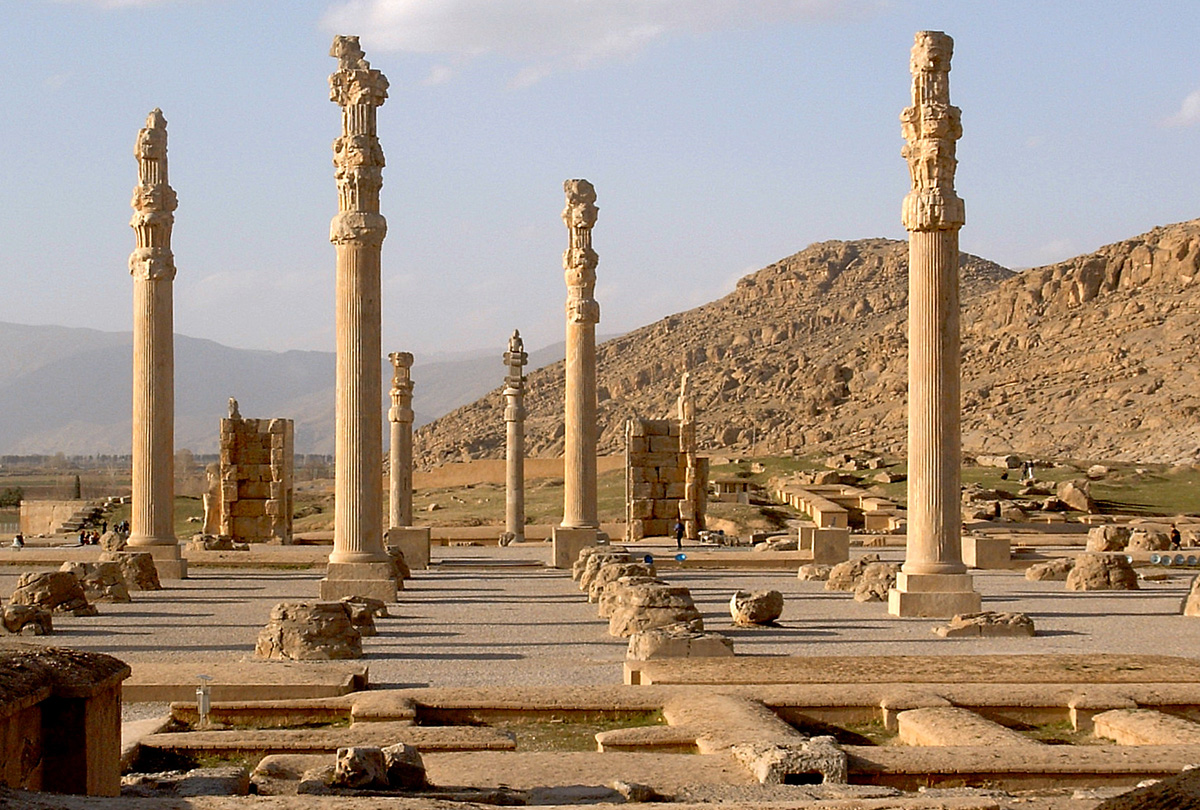
The ruins of Persepolis, which are now a UNESCO World Heritage site.
Over the two-week period, we see a lot of Iran. There are long days as we drive through the desert; past salt flats and small towns and, yes, the odd camel.
We see more beautiful sites, like the Pink Mosque in Shiraz, which shunned the normal blue-toned mosque colour palette for an interior that is outrageously pink.
Inside, the sun streams through the stained-glass windows, filling the mosque with rainbow light. It’s beautiful and totally over-the-top – a calling card of Iranian culture that we have become well accustomed to by this stage. Why just build a place of worship when you can also make it look like the walls of heaven itself, with intricate tiles and paintwork and glass, and colour, colour, everywhere?
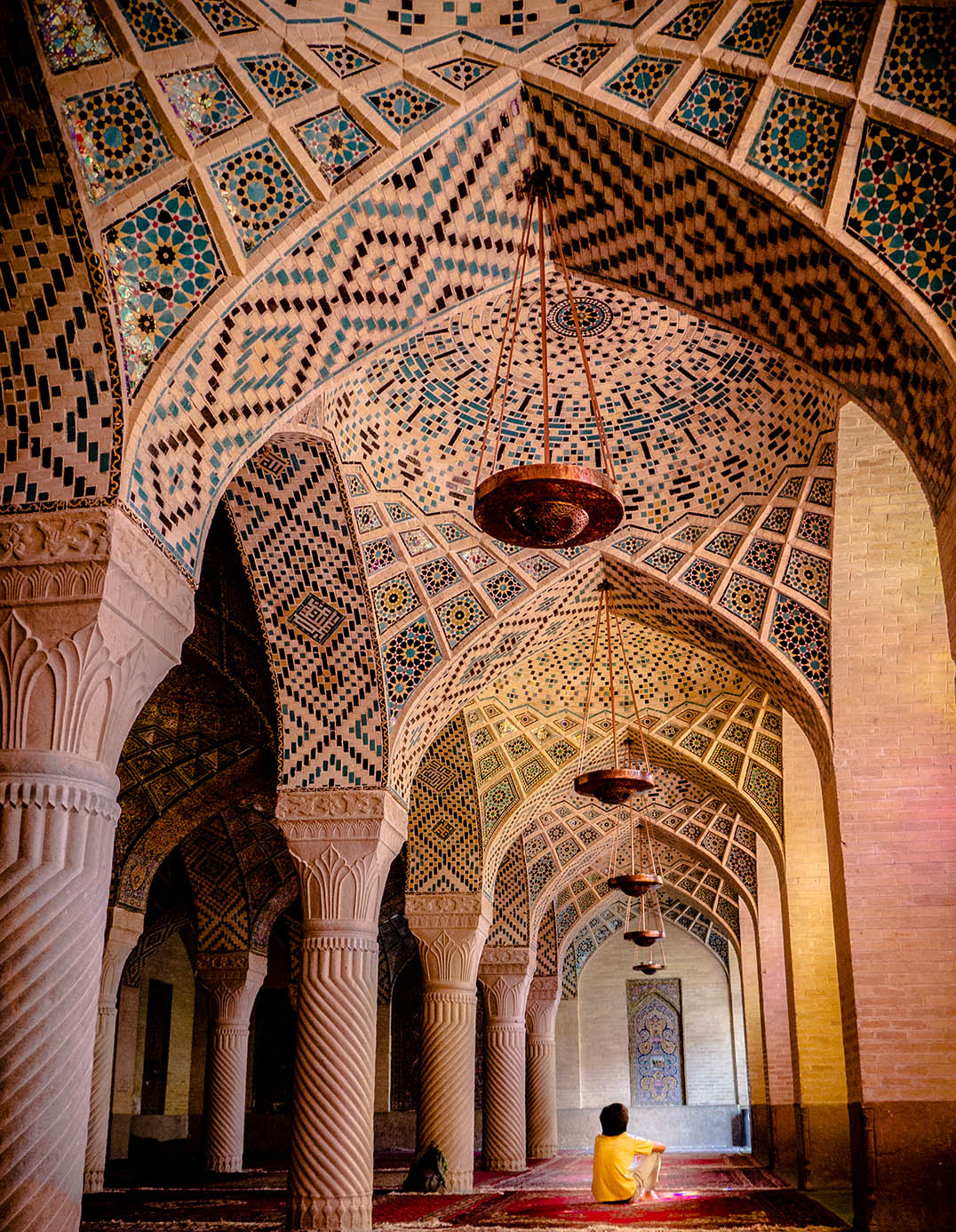
Inside the Nasir al-Mulk Mosque (the Pink Mosque) in Shiraz.
Our final destination is Yazd, in the heart of the desert. After two weeks of colour, the smooth palette of desert tan is a sight for spoiled eyes. Yazd is known as “the city of wind catchers”, referring to an early air-conditioning system the Iranians pioneered whereby the wind was caught on the rooftops and whooshed down into homes. It also translates to “sacred”.
We sit in the open-air rooftop area of a homestay that’s part of a 2000-year-old adobe village, and drink freshly made orange blossom tea as we count our blessings for being allowed in this beautiful, private, complicated country.
“I think this trip might have changed my life,” one of my fellow travellers says quietly.
We all agree.
Emma was a guest on the Persian Veils tour, through travelandtour.co.nz.
Due to recent unrest, you may wish to check any official travel advisories about Iran at safetravel.govt.nz.
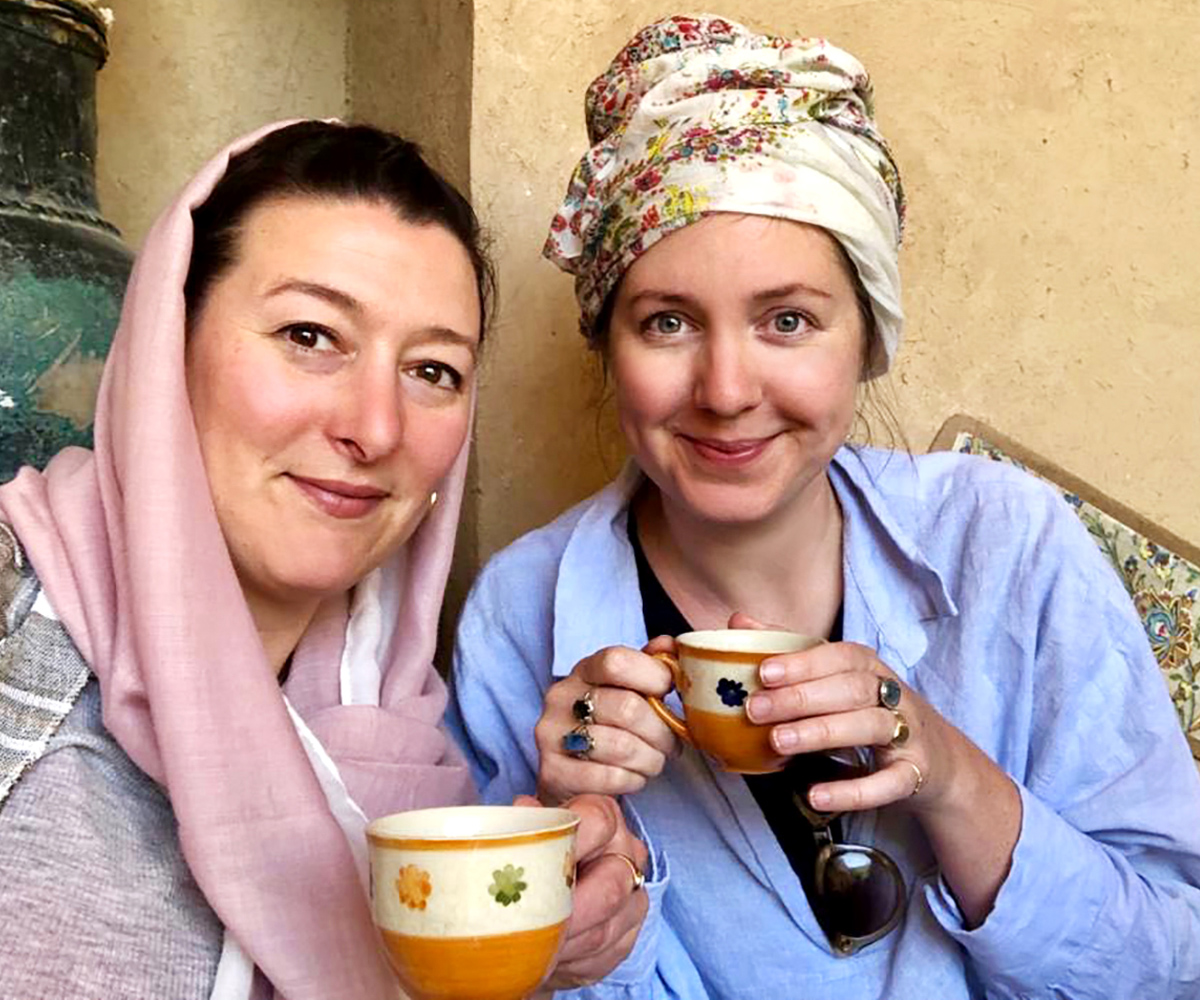
.jpg)
